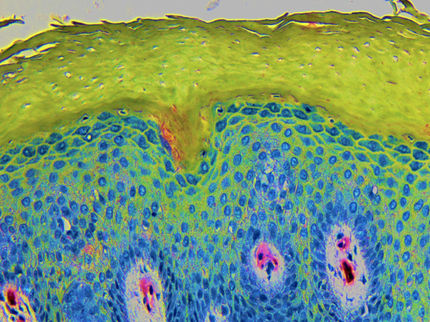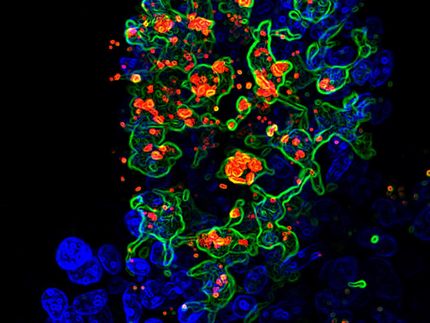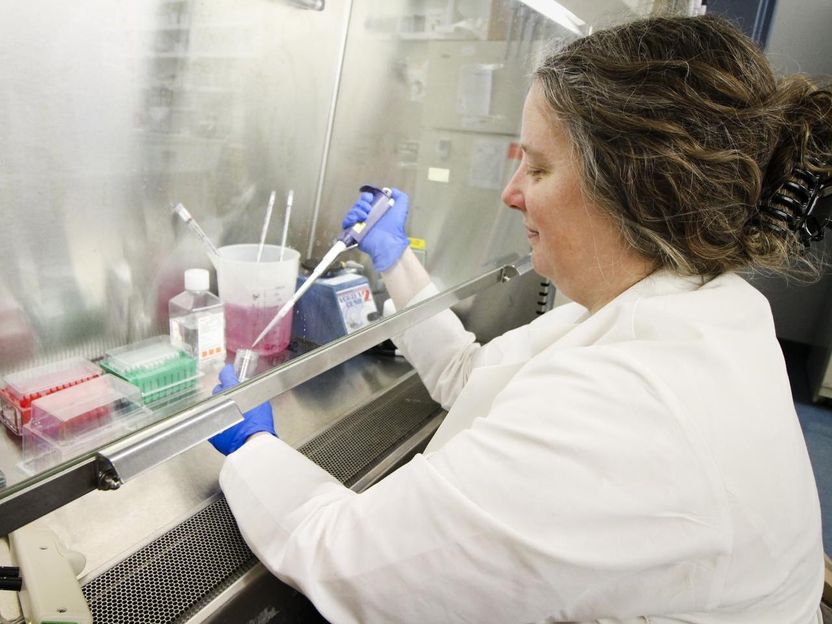Decoding DNA's phonebook
Advertisement
New clues about diseases like inflammatory bowel disorder may be found thanks to a new genomic interactions catalogue by a group of researchers in Japan and the United Kingdom. This research is published in Nature Genetics.
Biologists have compiled the most comprehensive catalogue of promoter interactions to date. Promoters are key sections of DNA that turn genes on or off; every gene has one and when they do not function correctly they may cause diseases. Scientists are interested in understanding what influences these promoters, including interactions with each other and other sections of DNA.
"Any genetic disease is related to gene regulation," said Prof. Nick Luscombe, who heads the Genomics and Regulatory Systems Unit at the Okinawa Institute of Science and Technology Graduate University (OIST) in Japan. "The more we understand about gene regulation, the more we understand what can go wrong."
The new catalogue documents more than 1 million interactions involving promoters. Scientists knew these interactions were happening, but they did not know what DNA sections each promoter interacts with on a genome-wide scale at high resolution.
"We had the phonebook and we knew people listed in it were making calls, but we didn't know who was calling who - now we do," said co-lead paper author Filipe Tavares-Cadete, a post-doctoral researcher at OIST who analyzed the data with colleagues while at the Francis Crick Institute.
The genome is making a lot of long-distance calls. More than half of the interactions were between promoters and sections of DNA that are very far away in the linear sequence, at least 150,000 base pairs. This is because inside the cell, DNA is tightly bundled up in loops, which brings bits of DNA close together that appear extremely far apart when all the letters are printed out in a line.
The new catalogue captured more than 22,000 interactions between promoters and other parts of DNA that are millions of base pairs apart - as compared to just 90 such interactions observed by previous methods.
To build the catalogue, a large team of collaborators, including Cameron Osborne at King's College London and Peter Fraser at the Babraham Institute in England, developed a new technique called Capture Hi-C. It builds off existing methods, but the researchers modified it to capture targeted sections of DNA, maximizing sequencing power. By targeting promoters, they captured hundreds of thousands of promoter interactions - up to 67 times more than other techniques.
"This method will really help us delve into how networks of interactions cooperate to regulate genes," said Dr. Cameron Osborne, a geneticist at King's College London. "It's really just the beginning since every type of cell will have its own unique set of interactions."
Long-range promoter interactions are particularly interesting for disease studies. Often DNA mutations, known as single nucleotide polymorphisms (SNPs), are located in what appears in the linear sequence as the middle of nowhere - outside, and often quite far from, genes. This makes it difficult for scientists to determine which genes the mutations affect, and thus which genes are associated with a particular disease.
By looking at which promoters interact with known SNPs, the researchers successfully identified genes known to be involved in inflammatory bowel disorders, including Crohn's disease. Other researchers can now mine the freely-available catalogue for potential disease-related interactions and genes.
"Seeing which promoter a SNP interacts with is much closer to real biology, than assuming a SNP influences the gene closest on the linear genome," said Tavares-Cadete.
While analyzing the catalogue, the team also discovered new elements for turning genes off. Scientists knew there were long-distance "on" switches, which are known as enhancers. Now, they have found long-distance "off" switches - silencers.
They found the long-range silencers while looking at promoters interacting with repressive histones - the proteins that DNA wraps around, much like beads on a string.
"We suspect more of these long-range silencers are contacting promoters and turning off gene expression," Tavares-Cadete said. "This underscores the major impact promoter interactions can have on the proper functioning of the genome."
Original publication
Borbala Mifsud. Filipe Tavares-Cadete, Alice N Young, Robert Sugar, Stefan Schoenfelder, Lauren Ferreira, Steven W Wingett, et al.; "Mapping long-range promoter contacts in human cells with high-resolution capture Hi-C"; Journal and Online Publication Date: Nature Genetics 2015


























































